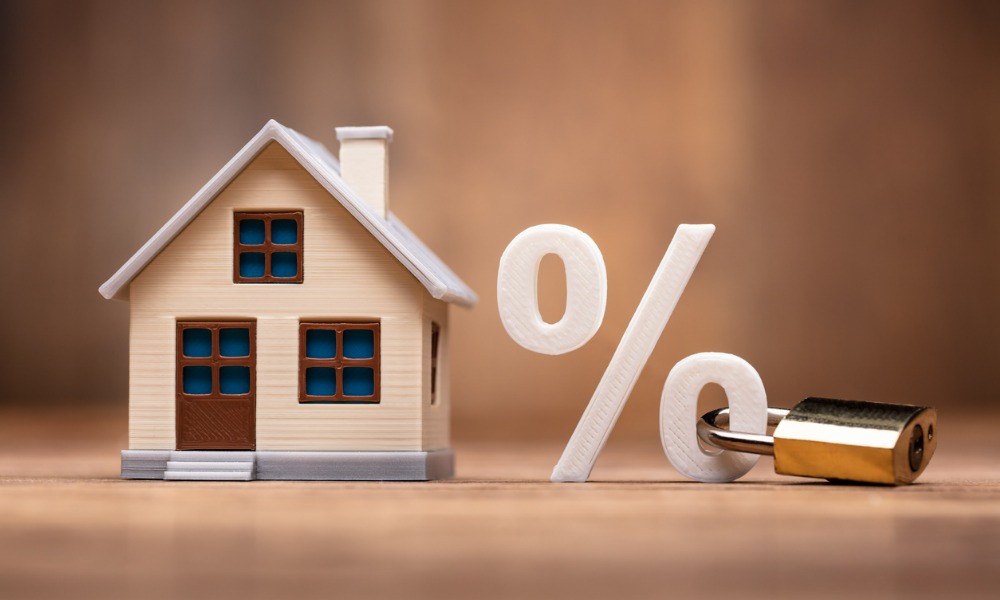Find out which state has the biggest issue…

America’s housing market is now stuck with a “mortgage rate lock-in effect,” where homeowners are unwilling to sell their homes since interest rates remain high and mortgage prices continue to soar, according to a New York Post report.
Citing the latest US News & World Report, the New York Post stated that the lock-in effect is much worse in some states than others.
The report stated that the effect depends on the size of the state’s lock-in gap, which is computed by subtracting the average mortgage interest rate homeowners are currently paying from the rate available to them for purchasing another property. The report also stated that the gap can change based on location, due to things like local real estate laws or the number of lenders in the area.
The average rate on outstanding mortgages in the US is 4.1%, based on the Federal Housing Finance Agency’s data. As of July 2, the report also noted that the average rate on a new mortgage in the country was 7.25%. Furthermore, the average “lock-in gap” at national level is 3.15 percentage points between rates on new and existing mortgages.
When it comes to housing loans, the new data shows that the national average loan amount is $357,000, which pegs the monthly mortgage payment at 4.1%, or $1,817. More so, with the current mortgage rates at 7.25%, that monthly payment would jump to $2,435.
“[This] means homebuyers who buy a new house will end up paying an average of $618 more per month. Plus, homeowners in states with the widest lock-in gaps will experience an even higher cost increase,” the report said.
Which state has the biggest mortgage lock-in gap?
The state of Colorado leads when it comes to the lock-in gap issue.
Citing the US News & World Report’s data, Colorado homeowners’ existing mortgage rate is 3.8%, the lowest of any state. But as of July 2, when the study was conducted, the new mortgage in Colorado is 7.25% on average, which makes the lock-in gap 3.45 percentage points (ppts).
“For the state’s average loan amount of $454,000, a monthly payment at 3.8% would be $2,077. That would jump to $3,097 at 7.25%. That’s a difference of $1,020, or 49.1%,” the report stated.
Colorado was followed by: Utah (3.445 ppts), Iowa (3.375), Minnesota (3.35), North Dakota (3.35), Oregon (3.35), South Dakota (3.35), and Washington (3.35).
Have something to say about this story? Let us know in the comments below.



